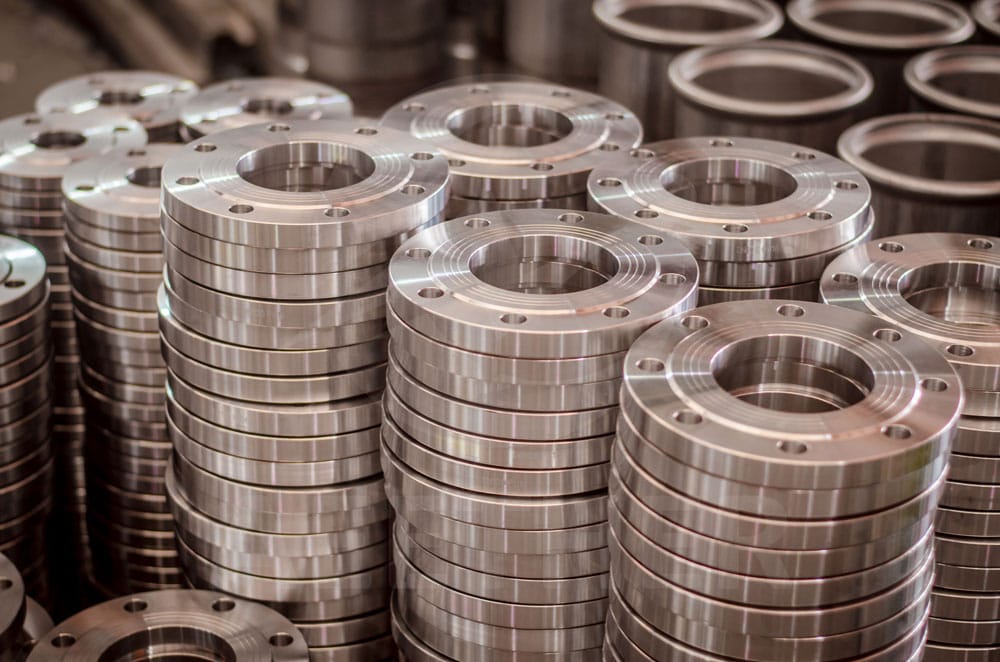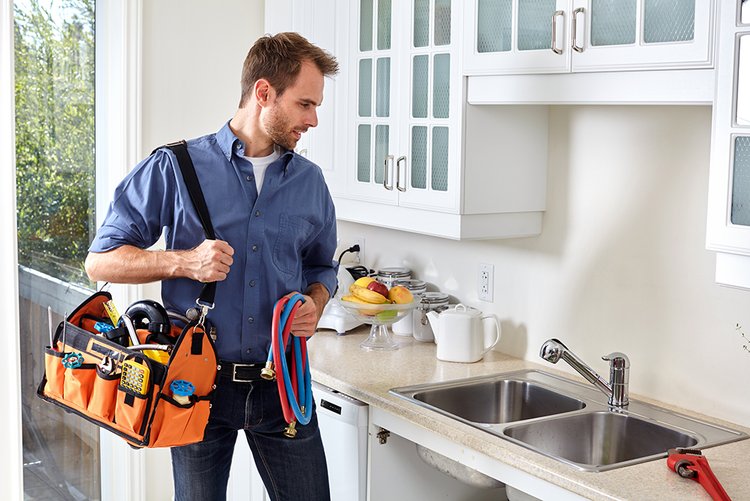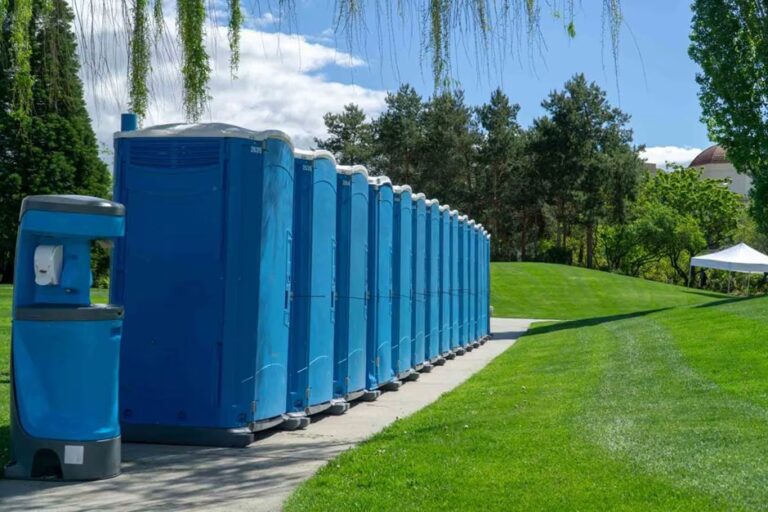A2 Tool Steel vs Carbon Steel: Which Is Stronger?
Choosing between A2 tool steel and carbon steel for industrial applications requires understanding each material’s unique properties, benefits, and ideal uses. Both materials are essential in the metalworking industry and serve a range of applications based on their composition and performance. A2 tool steel, a high-performance alloy often favored by tool steel suppliers, is known for its strength, toughness, and wear resistance. Carbon steel, on the other hand, varies in composition and strength but is highly versatile and widely used across industries. This article compares A2 tool steel and carbon steel in terms of strength, toughness, and overall suitability for demanding applications.
Introduction to A2 Tool Steel and Carbon Steel
A2 tool steel is a member of the “A” family of tool steels and is known for its medium carbon content, high chromium levels, and exceptional hardness and toughness. Tool steel suppliers commonly provide A2 tool steel for applications that demand excellent wear resistance and the ability to withstand repeated impact. Carbon steel, in contrast, comes in a range of types, from low carbon (mild steel) to high carbon varieties, with performance characteristics that depend heavily on carbon content and additional alloying elements.
While both A2 tool steel and carbon steel are popular choices for toolmaking, the differences in composition give each material unique properties. Tool steel suppliers often recommend A2 for applications requiring high durability, while carbon steel is selected for its workability and cost-efficiency.
Composition and Properties of A2 Tool Steel
A2 tool steel contains around 5% chromium, which enhances its hardness and resistance to wear and oxidation. The alloy also includes manganese and molybdenum, elements that improve its toughness and ability to withstand higher temperatures. This composition allows A2 tool steel to be air-hardened, which reduces the risk of dimensional distortion during the heat treatment process.
Tool steel suppliers recognize A2’s versatility in making cutting tools, dies, and punches, as it combines hardness with a reasonable amount of ductility. These characteristics make A2 tool steel highly suitable for applications where impact resistance and edge retention are necessary, such as in cutting and shearing tools.
Composition and Properties of Carbon Steel
Carbon steel’s properties vary significantly depending on the carbon content, ranging from mild to high carbon steel. Low-carbon steel, with up to 0.3% carbon, is relatively soft, ductile, and easy to machine. Medium-carbon steel, with about 0.3% to 0.6% carbon, offers a balanced combination of strength and ductility, making it suitable for general construction and automotive parts. High-carbon steel, with over 0.6% carbon, provides higher hardness and strength but becomes brittle if not carefully heat-treated.
Unlike A2 tool steel, carbon steel does not contain significant chromium content, which limits its corrosion resistance and wear properties. However, carbon steel remains widely used across industries because of its versatility, affordability, and ease of welding and machining.
Hardness Comparison: A2 Tool Steel vs. Carbon Steel
When comparing A2 tool steel and carbon steel in terms of hardness, A2 tool steel generally outperforms. A2 can achieve a hardness of around 57-62 HRC after proper heat treatment, while high-carbon steel reaches hardness levels in the range of 50-58 HRC. The higher hardness of A2 tool steel makes it highly suitable for applications where edge retention and wear resistance are critical, such as cutting tools, dies, and punches.
Tool steel suppliers often highlight A2’s air-hardening property, which provides uniform hardness and reduces the likelihood of warping or cracking. Carbon steel, on the other hand, can be hardened through various quenching methods, though it requires more careful handling to avoid brittleness. While high-carbon steel can achieve a considerable degree of hardness, it typically falls short of the resilience offered by A2 tool steel.
Toughness and Impact Resistance
While A2 tool steel is harder than carbon steel, it also maintains a remarkable level of toughness and impact resistance. A2’s composition, particularly its chromium and molybdenum content, gives it a unique balance between hardness and toughness, allowing it to withstand repetitive impact without fracturing.
Carbon steel’s toughness depends largely on its carbon content, with low and medium-carbon steels generally providing better impact resistance than high-carbon varieties. However, high-carbon steel tends to be more brittle than A2 tool steel, especially when subjected to high-impact forces. Tool steel suppliers often recommend A2 for applications where both hardness and toughness are necessary, while carbon steel is more suitable for applications requiring less extreme durability.
Wear Resistance in A2 Tool Steel and Carbon Steel
A2 tool steel’s wear resistance surpasses that of carbon steel, due to the addition of chromium and other alloying elements that form hard carbide particles within the steel’s structure. These carbides contribute to A2’s excellent wear resistance, allowing it to perform well in abrasive applications such as punches and stamping dies.
Tool steel suppliers often point out that A2’s wear resistance makes it a preferred choice for tools that experience repeated contact with hard or abrasive materials. Carbon steel, while it can be hardened to achieve moderate wear resistance, generally does not match the durability of A2 tool steel in high-stress or high-wear environments.
Heat Treatment and Distortion in A2 Tool Steel vs. Carbon Steel
One of A2 tool steel’s main advantages is its air-hardening capability, which minimizes distortion during the heat treatment process. Tool steel suppliers emphasize this characteristic because it allows A2 tool steel to be hardened without the rapid quenching required for other steels, thus reducing the risk of warping.
Carbon steel typically requires water or oil quenching to achieve its full hardness potential, which can lead to greater distortion or even cracking if not carefully managed. This limitation makes carbon steel less suitable for applications requiring precise dimensional stability. In contrast, A2 tool steel’s air-hardening property ensures that parts maintain their dimensions, making it a preferred choice in tool manufacturing.
Applications: Which Steel to Choose?
A2 tool steel is highly valued by tool steel suppliers for applications that require a combination of wear resistance, hardness, and dimensional stability. Examples include shearing blades, stamping dies, and cutting tools, where high performance is essential for longevity. Its durability and impact resistance make A2 an ideal choice in demanding environments where carbon steel might fall short.
Carbon steel, however, is preferred for structural applications, machinery parts, and low-stress tools where cost-effectiveness and ease of fabrication are key factors. Low-carbon and medium-carbon steels are easier to weld and machine, making them suitable for general-purpose construction. For applications where hardness is less critical, carbon steel offers a more economical solution than A2 tool steel.
Cost and Availability: A2 Tool Steel vs. Carbon Steel
When it comes to cost, carbon steel is generally more affordable and widely available than A2 tool steel, especially in lower grades. Tool steel suppliers typically charge a premium for A2 due to its alloying elements, specialized heat treatment, and air-hardening characteristics.
However, the initial cost of A2 tool steel can often be offset by its longer service life in demanding applications, reducing the need for frequent replacement. Industries that prioritize performance and durability may find the investment in A2 tool steel worthwhile, while applications with more moderate demands may benefit from the cost savings offered by carbon steel.
Conclusion: Choosing Between A2 Tool Steel and Carbon Steel
In summary, A2 tool steel and carbon steel each have their strengths, with A2 tool steel providing superior hardness, wear resistance, and stability after heat treatment. Tool steel suppliers recommend A2 for high-performance applications where durability and precision are critical, making it suitable for cutting tools, dies, and high-impact components.
Carbon steel, in contrast, offers versatility and cost-effectiveness, making it ideal for less demanding applications. While it cannot match the strength and toughness of A2 tool steel, carbon steel’s affordability and workability make it a valuable material in a wide range of industries. The choice between A2 tool steel and carbon steel ultimately depends on the specific requirements of the application, budget considerations, and the need for properties such as hardness, wear resistance, and ease of machining.






